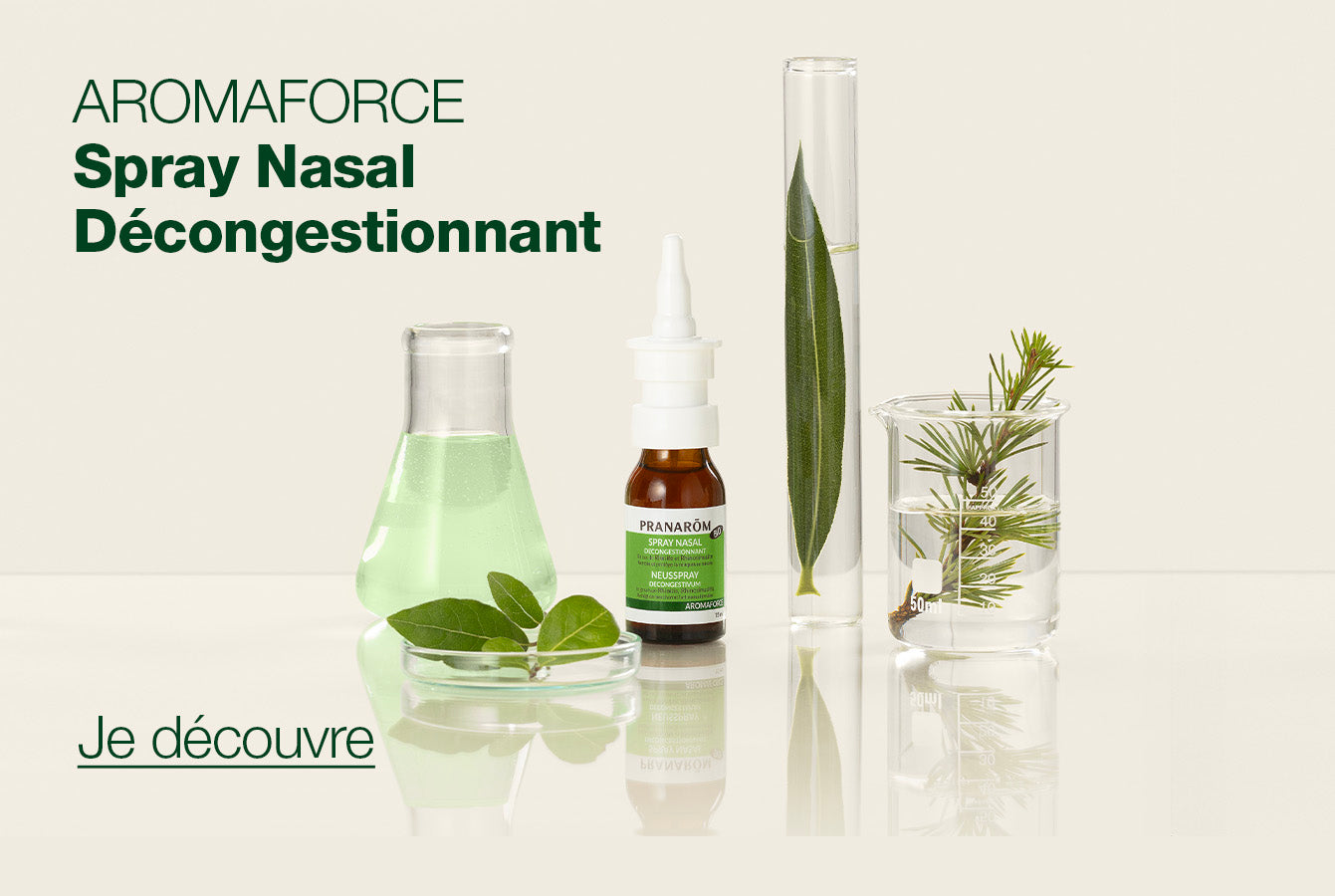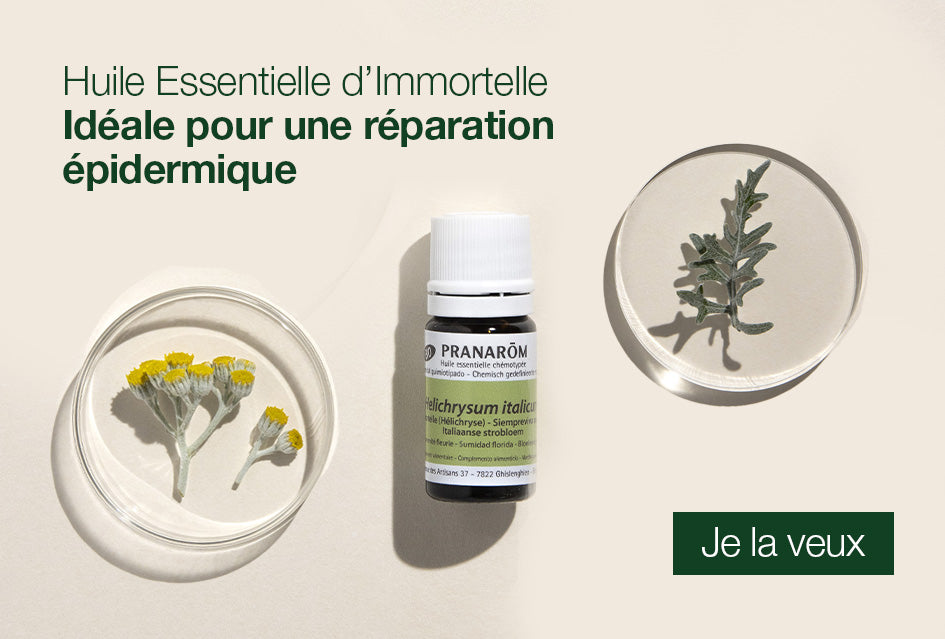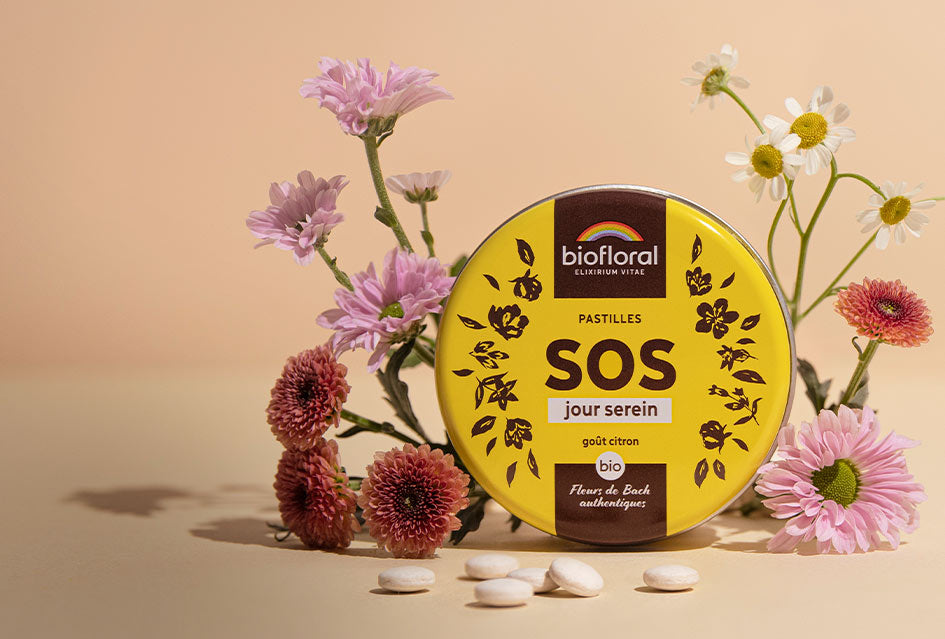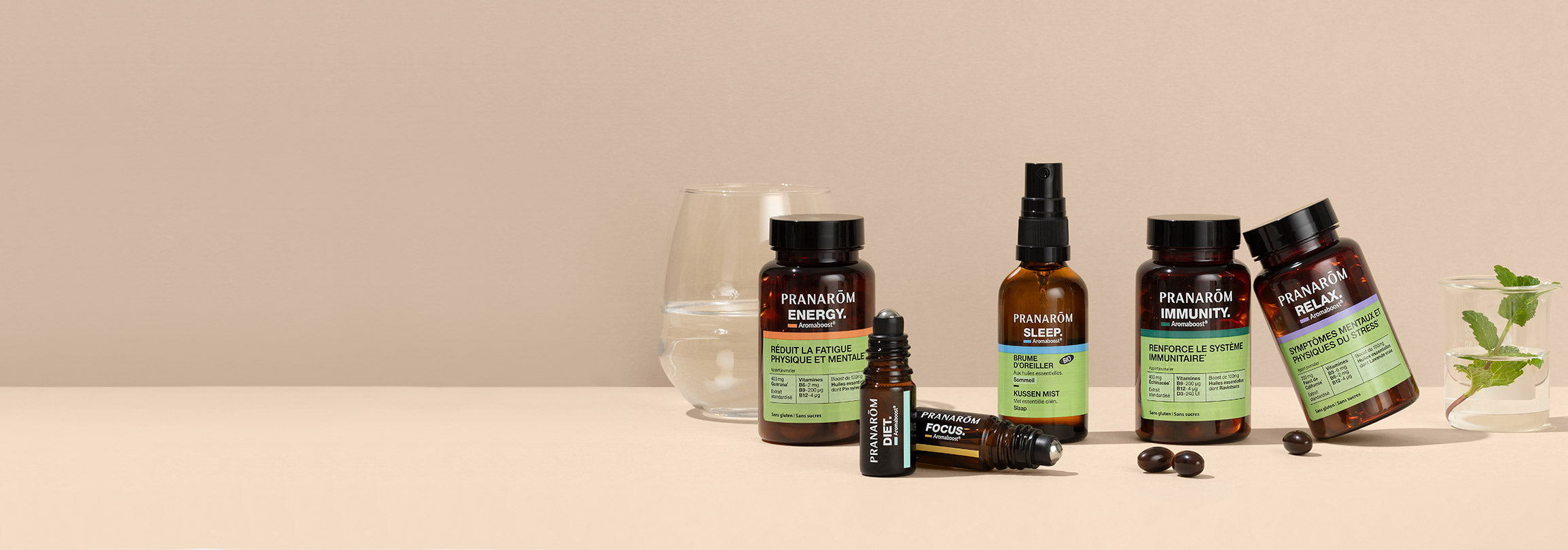Pressure sores are very problematic wounds for healthcare teams. Treatment is long and slow, and recovery is not always easy.
Essential oils have been used for several years in the treatment of wounds. Several published studies report very positive results.
In this article, we invite you to discover the results of a thesis based on a treatment based on essential oils of rockrose, myrrh, immortelle and honey…
The opportunity to take inspiration from a clinical case to take care of your small wounds, even your larger wounds, and especially your recent scars with Pranarôm...
Pressure sores: what are we talking about?
A pressure sore is a localized area of suffering of the skin and underlying tissues, caused by pressure, shear and friction, or a combination of these factors. These are injuries that develop when someone is confined to a bed or chair for long periods.
Pressure sores generally occur in the elderly (thinner, more sensitive skin) in a specific area, such as the sacrum (upper buttocks), ischium (lower buttocks), trochanters (hip), malleoli (foot), but also the spine, elbows, knees, shoulders and even the back of the ears...
Pressure sores generate considerable suffering and social costs, which are poorly assessed. There are few proven facts about pressure sore treatment, only expert opinion. General treatment involves taking pressure off the wound and preventing further pressure sores.
A clinical case in depth.
The clinical case1 presented here is extracted from Florence Mayer's thesis presented and publicly defended on March 30, 2012 to obtain the State Diploma of Doctor of Pharmacy at the University of Lorraine, France. After discussing the impact of the use of essential oils in retirement homes , Florence Mayer1 presented the implementation of the use of therapeutic protocols in a retirement home to treat two clinical cases of bedsores (sacro bedsores). -coccygeal and heel bedsores) with treatments based on essential oil and honey. Several aromatherapy protocols have been established in this Nancy house in collaboration with aromatologist pharmacist Dr François Tournay. They are used therapeutically in addition to or as a relay to traditional methods of care1. We report here the clinical case of sacrococcygeal bedsore of Mrs. D.
Mrs. D.'s bedsore is located at the level of the sacrum, the wound is quite deep and is made up of fibrin (insoluble elastic protein contained in blood plasma whose role is to allow blood coagulation). The treatment begins with cleaning with physiological serum to remove fibrin and facilitate budding. Then, we apply to the wound, under a compress, a first complex (essential oil/Honey), composed of a synergy of cistus ladaniferous essential oil, immortelle and myrrh at 1% and Thyme honey 99% organic. The dressing is renewed several times a week depending on the progress of the wound. The author points out that in this type of protocol, there is always a wound adaptation phase. For one to two weeks, the wound gives the impression of no longer evolving. In addition, the patient may feel a burning sensation which corresponds to the budding phase of the pressure sore.
Three months after the start of treatment, the results are impressive: the pain fades, the inflammation disappears, the wound closes and the patient's skin begins to take on its natural color. From this stage of development of the wound, a second complex (essential oil/Honey), composed of a synergy of healing essential oils (such as Cistus ladaniferus and Commiphora myrrha at 20%) and anti-infectious oils (such as Cinnamomum camphora CT 1,8-cineole at 20%) and honey at 60%, is used. It is applied at the wound level but also around it to provide a healthy environment for the tissue reconstruction of the pressure sore. As a third step, the author suggests applying apricot kernel vegetable oil once a day. It will provide good nutrition to the skin. The author concludes by affirming that aromatherapy has shown its advantages and limitations through the different examples in his thesis. Essential oils are used in many areas, but they are particularly interesting for their anti-infectious and healing properties, which are very significant in dermatology.
Essential oils: a natural remedy for bedsores
To relieve pressure sores, certain essential oils can be highly effective. They can be applied directly to the skin in combination with a vegetable oil such as sweet almond oil or coconut oil. Before use, be sure to wash the area concerned with lukewarm water.
Renowned for their healing and regenerative properties, essential oils such as Lavender Aspic, Tea Tree or Noble Laurel are a natural treatment for bedsores.
They act gently on the skin, reducing inflammation and promoting the regeneration of damaged tissue. Their properties prevent the onset of skin manifestations and keep wounds and the surrounding area clean.
Did you know?
To promote wound healing, you can combine your essential oil with Manuka oil. As the name suggests, it's made from Manuka honey, a natural antiseptic that speeds up the healing process and relieves pain.
In addition to using local care products based on essential oils, it is essential to take preventive measures to avoid pressure sores by taking certain factors into account. For example, adopting an appropriate bed position and avoiding prolonged pressure on the skin are easily applicable recommendations that prevent the appearance of bedsores.
References:
- 1Mayer F. (2012). Therapeutic uses of essential oils: Case study in a retirement home. University of Lorraine.
- 2Senet P. and Meaume S. (2005). Bedsores. URL access: http://www.therapeutique-dermatologique.org/spip.php?article1108
- 3Understanding pressure sores. URL access: http://www.chu-brugmann.be/fr/edu/decubitus/origin.asp












